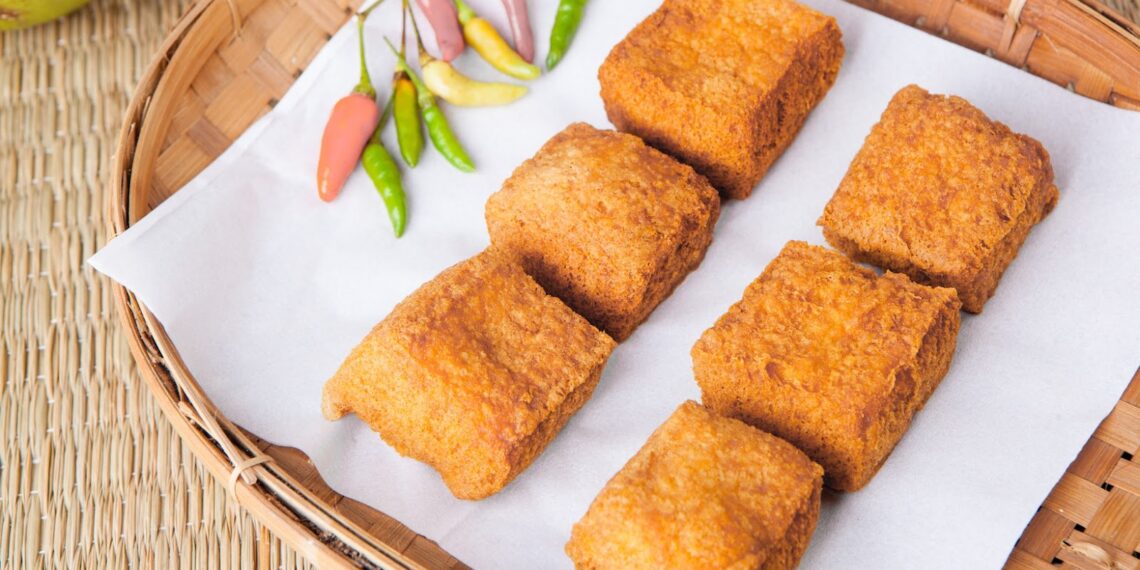Indonesian cuisine is often considered one of the world’s most flavorful and diverse. It combines cooking techniques, flavors, and ingredients from Asia and the Middle East. From mainland Java to Bali, Lombok and Sulawesi islands, Indonesian cuisine is a vast and delicious array of dishes.
Here are our top five Indonesian dishes you must try on your next trip!
Introduction to Indonesian food culture
Indonesian food culture has a rich and diverse history, from traditional dishes passed down for generations to modern fusion cuisine inspired by different cultures.
Here are the top 5 traditional Indonesian food dishes that you have to try:
1. Nasi Goreng – A classic Indonesian fried rice dish made with sweet soy sauce and various ingredients such as shrimp, chicken, vegetables, and eggs.
2. Gado-Gado – A vegetarian salad with boiled vegetables, eggs, tofu, and peanut sauce.
3. Sate – A skewered, grilled meat dish typically served with peanut sauce and rice cakes.
4. Soto Betawi – A spicy beef soup made with coconut milk, lemongrass, and various herbs and spices.
5. Rendang – A flavorful meat dish made with tender beef slow-cooked in coconut milk and a spice paste until it becomes tender and caramelized.
These dishes are just a few examples of Indonesian cuisine’s delicious and unique flavors.
Popular Indonesian ingredients and cooking techniques
Indonesian cuisine has gained popularity around the globe for its unique flavors and cooking techniques. Here are some of the most popular Indonesian ingredients and techniques you can try at home:
1. Sambal: Sambal is a spicy chili-based sauce or paste used in Indonesian cuisine as a condiment, ingredient, or marinade. It is made with a variety of chili peppers, often combined with shrimp paste, garlic, ginger, and spices.
2. Tumpang: Tumpang is a traditional Indonesian dish made of layered rice, vegetables, meat, and spices, all wrapped in a banana leaf and steamed.
3. Tempeh: Tempeh is a protein-rich soy-based food widely used in Indonesian cuisine. It is made by fermenting cooked soybeans with a mold, resulting in a cake-like texture that can be sliced or crumbled and used in various dishes.
4. Ayam Goreng: Ayam Goreng is a popular Indonesian fried chicken dish marinated with spices and chili dipping sauce.
5. Gulai: Gulai is a rich and spicy curry-like stew made with meat, vegetables, and a blend of spices, including turmeric, coriander, and cumin. It is often served with rice and a side of sambal.
Pro tip: If you’re new to Indonesian cuisine, try experimenting with one or two ingredients or dishes at a time to discover your favorite flavors and techniques.
The importance of spices in Indonesian cuisine
Indonesian cuisine is famous for its bold and complex flavors, and spices play a vital role in achieving them. The combination of spices in Indonesian cuisine is influenced by its history, geography, and cultural diversity.
Some of the most commonly used spices in Indonesian cuisine are:
- Chili peppers: used to add heat and flavor
- Ginger: added for aroma and depth of flavor
- Lemongrass: gives a citrusy, herbal flavor
- Turmeric: adds a bright yellow color and earthy flavor
- Coriander: used in many spice blends and for seasoning meat and vegetables
These spices are used to create iconic Indonesian dishes such as Nasi Goreng (fried rice with shrimp paste and chili peppers), Sate (grilled skewered meat with peanut sauce), and Rendang (slow-cooked beef in a coconut and spice blend).
In summary, Indonesian cuisine is incomplete without the use of spices. They add depth, complexity, and bold flavors to traditional dishes that are loved worldwide.
Pro tip: If you’re making Indonesian cuisine at home, it’s recommended that you use fresh, high-quality spices for the most authentic and flavorful experience.
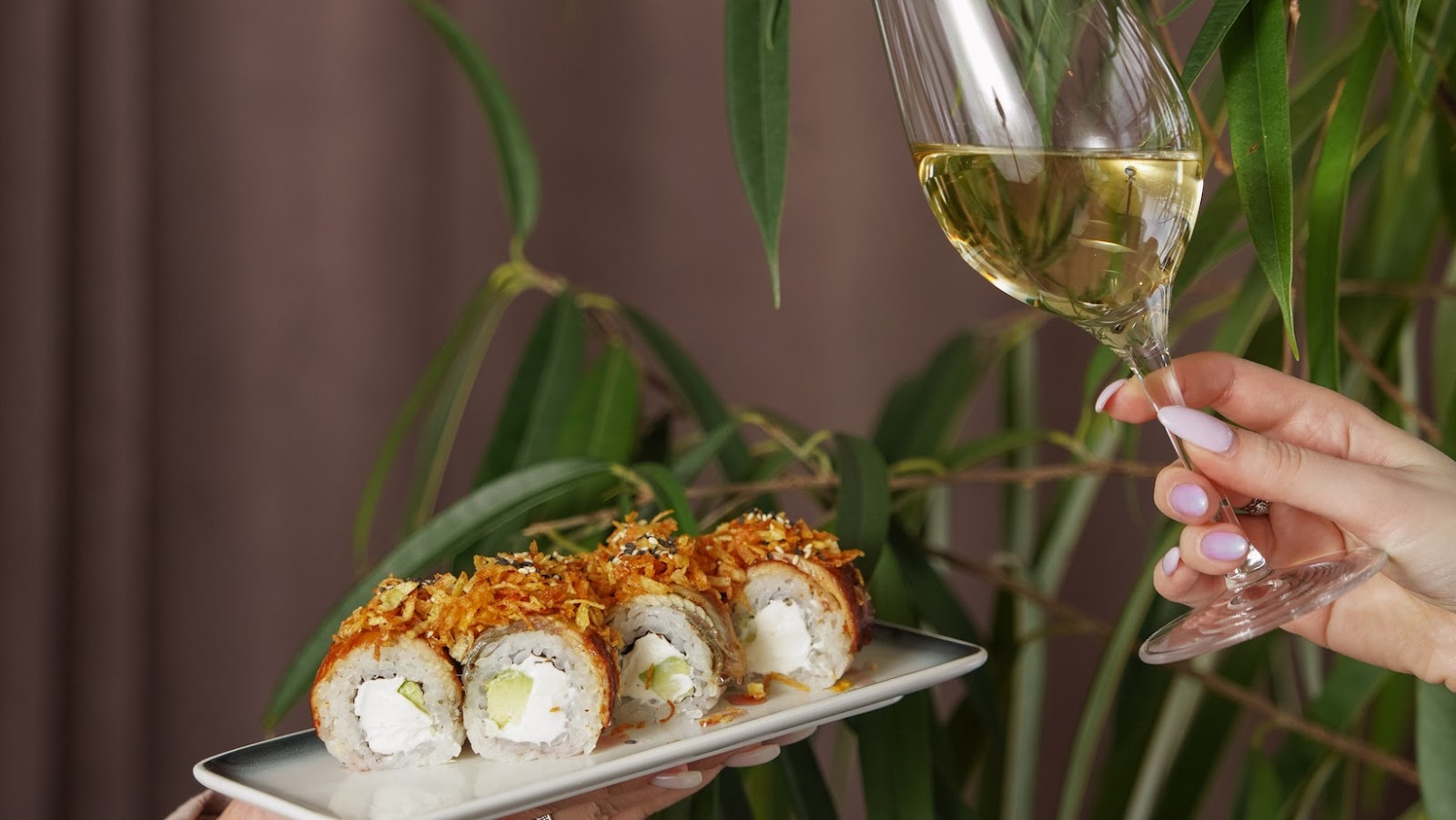
jukkaku_komado
Indonesian cuisine is a delicious mix of flavours and spices you won’t find anywhere else. There is a dish for every appetite, from popular dishes like Nasi Goreng and Gado-gado to the lesser-known Bumbu Rujak and Nasi Liwet.
In this article, we’ll explore the top five Indonesian dishes you must try if you visit the country.
Rendang
Rendang is a traditional Indonesian dish that has gained popularity worldwide for its rich flavors and textures. It is a spicy slow-cooked beef curry simmered in coconut milk and various spices until it becomes tender and flavorful. The key to a great Rendang is to cook it slowly until the meat is tender and the sauce has thickened to create an intense flavor profile.
Rendang is typically served with steamed rice and is a favorite dish for special occasions such as weddings and festivals. If you’re interested in trying Indonesian cuisine, Rendang should be on your list of must-try dishes.
Historical background of Rendang
Rendang is a traditional dish from West Sumatra, Indonesia, with a rich historical background dating back several centuries.
The dish originated for Minangkabau people to preserve meat, especially during special occasions and festivals. The process involves slow-cooking beef or buffalo meat with spices and coconut milk until the liquid has evaporated, creating a concentrated and flavorful sauce.
Rendang is often served at festivals, weddings, and other celebrations and has been recognized as one of Indonesia’s national dishes, with numerous variations found throughout the country. Its unique taste and texture have made it a beloved food among Indonesians and internationally, with rendang now enjoyed in many parts of the world.
Ingredients and cooking process
Indonesian cuisine is among the most diverse globally, incorporating many spices, seasonings, and cooking techniques. This article highlights the top 5 Indonesian dishes that you must try to get a taste of this great gastronomic experience.
1. Nasi Goreng: Indonesian-style fried rice with delicious spices, vegetables, and protein. Its ingredients include cooked rice, shallots, garlic, chilies, tamarind, kecap manis, and shrimp paste.
2. Gado-Gado: A vegetable salad with a medley of boiled vegetables topped with fried tofu, boiled eggs, tempeh, and peanut sauce dressing. Its ingredients include potatoes, green beans, bean sprouts, spinach, cabbage, tofu, and peanut sauce dressing.
3. Sate: Barbecued meat or vegetables on skewers served with spicy peanut sauce, rice cakes, and diced onions. Its ingredients include chicken, beef or lamb, skewers, peanut sauce, onions, and rice cakes.
4. Rendang: A traditional meat dish made with coconut milk and chili, ginger, lemongrass, galangal, and turmeric. Its ingredients include beef chunks, coconut milk, shallots, garlic, ginger, tamarind paste, and kefir lime leaves.
5. Soto Ayam: A comforting chicken soup made with turmeric and other spices, such as ginger and lemongrass, served with rice, boiled egg, and crispy spices. Its ingredients include chicken breast, ginger, garlic, turmeric, shallots, lemongrass, and lime juice.
Serving suggestions and regional variations
Indonesian food is known for its bold flavors and diverse cooking techniques. Here are the top 5 dishes from Indonesia that are a must-try for any food lover, along with regional variations and serving suggestions:
1. Nasi Goreng: This is a classic Indonesian fried rice dish with sweet soy sauce, shrimp paste, and various vegetables and meats. Some regional variations include adding a fried egg or crispy shallots on top. Serve with sliced cucumbers, tomatoes, and a side of shrimp crackers for a complete meal.
2. Satay: Satay is a popular street food in Indonesia, made with skewered and grilled meat (usually chicken or beef) and served with a peanut sauce. Some regional variations include adding spices or herbs to the meat marinade, and using different sauces like sweet soy sauce or sambal instead of peanut sauce.
3. Gado-gado: This is a vegetable salad dish with peanut sauce. It typically includes boiled potatoes, boiled eggs, green beans, bean sprouts, and tofu. The salad can be served cold or at room temperature, and some regional variations include adding prawn crackers or tempeh to the salad.
4. Soto Ayam: This is a popular chicken soup dish in Indonesia. It is made with boiled chicken, vermicelli noodles, and herbs and spices like lemongrass, turmeric, and kaffir lime leaves. Some regional variations include adding coconut milk to the soup or garnishing with fried shallots or celery leaves.
5. Rendang: Rendang is a spicy beef dish from the Minangkabau ethnic group in Indonesia. The beef is slow-cooked with coconut milk and various spices until it becomes tender and flavorful. It is often served with rice; some regional variations include using different types of meat or adding potatoes or jackfruit to the dish.
Pro tip: Indonesian cuisine is full of bold and unique flavors. Don’t be afraid to try something new and experiment with different regional variations and serving suggestions to find your favorite dish!
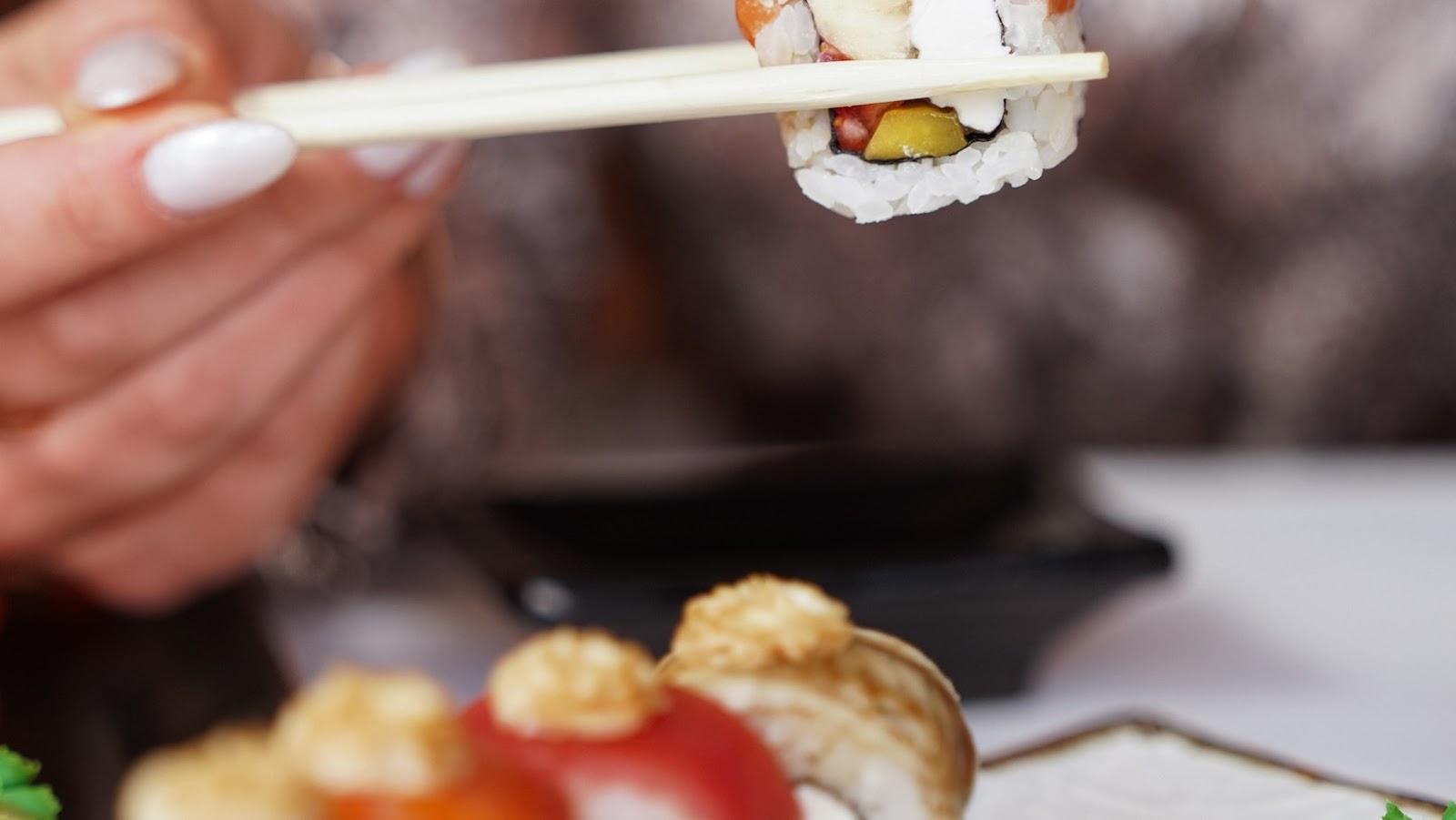
Nasi Goreng
Nasi Goreng is a staple of Indonesian cuisine and one of the most famous Indonesian dishes. It is a stir-fried rice dish cooked with various ingredients including vegetables, meat, and spices.
Here are the steps to make Nasi Goreng:
First, cook rice and let it cool down.
In a wok, fry garlic, onion, and chilli until brown.
Add meat, vegetables, and cooked rice to the wok and stir-fry the mixture.
Add soy sauce, kecap manis (sweet soy sauce), and a sprinkle of salt and pepper. Mix well.
Make an indentation in the middle of the wok and add an egg. Let it cook, then mix it with the fried rice.
Serve with sliced cucumber, tomato, and a wedge of lime.
Nasi Goreng is a quick and easy dish packed full of flavor and a must-try for anyone visiting or interested in Indonesian cuisine.
History and significance of Nasi Goreng
Nasi Goreng, a popular Indonesian dish, has a rich history and cultural significance in Indonesia’s cuisine. It is a dish made from cooked rice stir-fried with vegetables and meat, flavored with sweet soy sauce, and topped with a sunny-side-up egg.
Nasi Goreng was created to use leftover rice and became a staple food among Javanese farmers. It has since become a popular dish in Indonesia, Malaysia, and Singapore, served in restaurants and street food vendors.
The dish has a cultural significance and reflects the diversity of Indonesian cuisine, with different regions having variations of the dish with unique ingredients and preparation methods.
Overall, the history and cultural significance of Nasi Goreng make it a must-try when exploring Indonesian cuisine.
The essential ingredients for Nasi Goreng
The essential ingredients for Nasi Goreng, a popular Indonesian dish, are rice, kecap manis (sweet soy sauce), and terasi (shrimp paste).
Here are the other ingredients for making Nasi Goreng: Cooking oil, garlic, shallots, chilies, eggs, chicken or prawns, salt, and pepper.
To make Nasi Goreng:
- Fry some chopped garlic, shallots, and chilies in hot oil until fragrant.
- Add chicken, prawns, or both and cook until done.
- Add leftover rice, kecap manis, terasi, salt, and pepper, stirring until thoroughly combined.
- Create a well in the center of the rice mixture and crack an egg into it.
- Fry the egg until set and serve immediately with krupuk (fried shrimp crackers) and slices of cucumber and tomato.
Garnishes and accompaniments for Nasi Goreng
Nasi Goreng, the popular Indonesian fried rice dish, can be elevated with a variety of garnishes and accompaniments. Here are three options that will take your Nasi Goreng to the next level:
1. Fried egg: Top your Nasi Goreng with a sunny-side-up fried egg for a creamy, protein-rich addition.
2. Prawn crackers: These crunchy, savory crackers are a popular side dish in Indonesia and make a great accompaniment to Nasi Goreng.
3. Pickles: A side of tangy pickles can contrast the dish’s richness, balancing out the flavors.
These additions can make your Nasi Goreng into a hearty and satisfying meal. Pro Tip: Experiment with other garnishes like chopped scallions, sliced fresh chilies, or a drizzle of sweet soy sauce to see what works best for you.
Satay
Satay is one of the top 5 Indonesian dishes that everyone must try. It is a grilled meat skewer that is marinated in a blend of spices and can be made with chicken, beef, or lamb.
Here are some tips to make the perfect Satay:
Marinate the meat for at least 2 hours for the best flavor.
Soak the wooden skewers in water for 30 minutes to keep them from burning on the grill.
Grill the skewers over medium-high heat for 10-15 minutes, occasionally turning.
Serve with peanut sauce, rice, and cucumber slices.
The history and origins of Satay
Satay is a popular Indonesian dish that has its roots in Java, Indonesia. The word ‘Satay’ comes from the Indonesian words “sate” which means “skewered meat”. This dish has become a staple in Indonesia and its neighboring countries such as Malaysia and Singapore. Its origins can be traced back to the 19th century where it was introduced by Javanese street vendors who sold the skewered meat along with peanut sauce. Over time, the dish evolved into different variations with different meats and sauces.
Today, Satay is enjoyed by people all over the world, and there are countless variations of the dish with each culture putting its twist on it. If you’re ever in Indonesia, Satay is a must-try dish that will satisfy your taste buds and give you a taste of their rich culinary history.
Types of Satay found in Indonesia
Satay is a popular dish in Indonesia, and there are two main types of satay in Indonesian cuisine: chicken and goat.
Chicken Satay: This is the most common type of satay in Indonesia, made with small pieces of chicken meat marinated in a mix of spices and grilled to perfection. It is typically served with peanut sauce, rice cakes, sliced cucumbers and onions.
Goat Satay: This type of satay is less common but equally delicious. It is made with small pieces of goat meat marinated in a blend of spices and grilled over open flames. Goat satay is typically served with sweet soy sauce and steamed rice.
To enjoy the full experience of Indonesian cuisine, make sure to try these two types of satay when you have the chance!
Preparation of Satay and serving suggestions
Satay is a popular Indonesian dish made with seasoned and skewered meats, typically chicken, beef, or goat. Here’s how to prepare it and serving suggestions to enjoy it in its most authentic form:
Preparation:
1. Cut the meat into small, thin strips and marinate them in a mixture of soy sauce, ginger, garlic, and other seasonings for at least 30 minutes.
2. Thread the meat onto skewers and grill them over medium heat, basting them with the remaining marinade until cooked.
Serving Suggestions:
1. Traditionally, satay is served with peanut sauce, steamed rice, and sliced cucumbers and onions.
2. For a more modern twist, try serving it with rice noodles and a spicy chili sauce.
Satay is a delicious and easy-to-make dish perfect for any occasion, from family dinners to backyard barbecues. Pro tip: Ensure to soak the skewers in water for at least 30 minutes before using them to prevent them from burning on the grill.
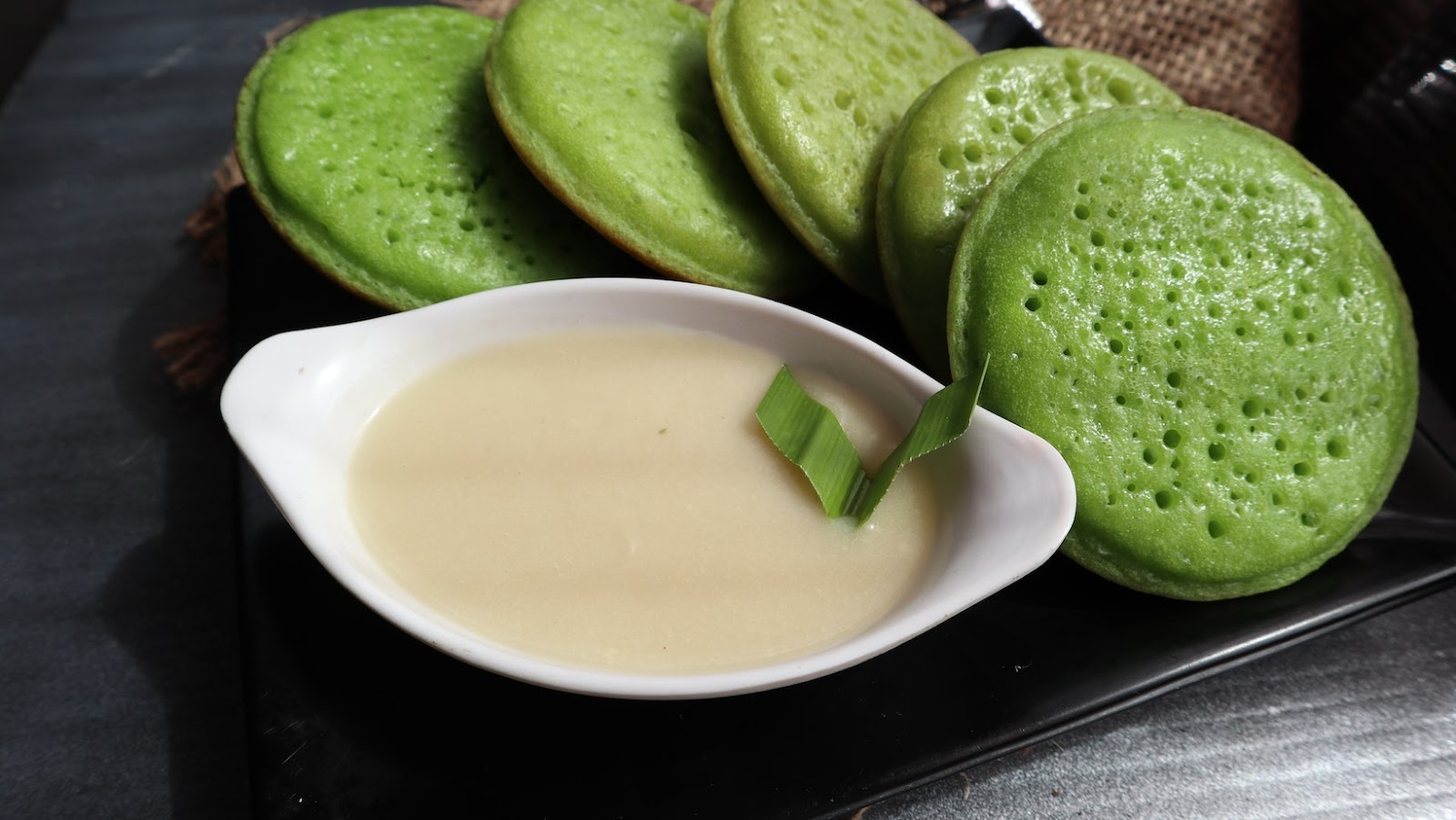
jukkaku_komado””
Gado-Gado is one of the top 5 Indonesian dishes you must try. It is a traditional vegetable salad dish, consisting of blanched and raw vegetables, hard-boiled eggs, and a peanut sauce dressing. This dish is not only delicious but also very healthy, as it contains a variety of fresh veggies that are rich in nutrients.
Here’s how to make the peanut sauce dressing for Gado-Gado:
In a blender or food processor, mix 1 cup roasted unsalted peanuts, 2 cloves of garlic, 1-2 red chilies, 3 tbsp palm sugar, 3 tbsp tamarind juice, and 1/2 cup coconut milk until smooth. Add some water if necessary to thin out the dressing to your preferred consistency.
Drizzle the peanut sauce dressing over the salad and mix well before serving.
Gado-Gado is a perfect dish for veggie lovers and those looking to add more fresh produce to their diet.
Overview of Gado-Gado and its history
Gado-Gado is a popular Indonesian dish with a delicious mix of vegetables, protein, and peanut sauce. It is believed that the dish originated from the Betawi people of Jakarta, who created it to use leftover vegetables. The word “gado-gado” is thought to have come from the Betawi language, which means “mix-mix.”
Later, the dish spread to other parts of Indonesia, where it was adapted to include local ingredients and flavorings. Today, Gado-Gado is enjoyed by people worldwide for its fresh and nutritious ingredients, as well as its unique taste.
With its mix of textures, flavors, and colors, Gado-Gado is a dish that you have to try if you have the opportunity.
Core ingredients and popular variations
Indonesian cuisine is a melting pot of flavors from different regions and influences, resulting in diverse dishes. While each dish has its unique set of ingredients, there are two core ingredients used in most Indonesian recipes:
1. Rice: Rice is the staple food of Indonesia and is served in the majority of Indonesian dishes. In fact, in Indonesian, the words for rice and food are the same (“makanan”).
2. Spice paste: Spice pastes or “bumbu” in Indonesian are the foundation of many Indonesian dishes, made from various herbs and spices such as candlenut, turmeric, garlic, ginger, and shallots.
Here are the top 5 Indonesian dishes you must try:
1. Nasi Goreng: A flavorful fried rice dish made with shrimp paste, soy sauce, garlic, and vegetables.
2. Rendang: A spicy meat dish made with beef, simmered in coconut milk and an aromatic spice paste until tender and flavorful.
3. Sate: Skewered and grilled meat (usually chicken, beef, or lamb) served with a peanut sauce.
4. Gado-Gado: A mixed vegetable salad with boiled potatoes, boiled eggs, and a dressing made from peanut sauce.
5. Nasi Padang: A rice dish with various side dishes such as curries, fried chicken, and vegetables.
Methods of preparation and serving suggestions
Indonesian cuisine is flavorful, complex, and satisfying. Here are three methods of preparation and serving suggestions for the top 5 Indonesian dishes you have to try.
Preparation Method:
Rendang: Slow-cooked in coconut and a blend of spices, this dish combines tender meat with creamy gravy. Use beef, lamb or chicken to make the dish, and serve with steamed rice or bread.
Satay: Made with marinated meat, skewered, and grilled to perfection. Types of satays include beef, chicken, and even fish. Pair satays with peanut sauce, cucumber salad or tamari for serving options.
Nasi Goreng: known as the national dish of Indonesia, this fried rice often includes chicken, shrimp, or beef, and is spiced with sweet soy sauce, chili, and fish paste. Accompany with a fried egg, prawn crackers and fresh salad for a satisfying meal.
Serving Suggestion:
Sambal is a condiment that provides heat and flavor to any Indonesian dish. It is eaten alone or added to rice, soup or noodles for a spicy kick.
Rujak: a fruit and vegetable salad that is hot, sour, and sweet, with a tangy dressing that incorporates chili, tamarind, and palm sugar. Perfect for refreshing your palate while enjoying local vegetables, fruit and spices.
Pro Tip: Indonesian cuisine is tantalizing, so take your time savoring every bite. Enjoy the art of lingering a little bit longer on the table for the proper dining experience.
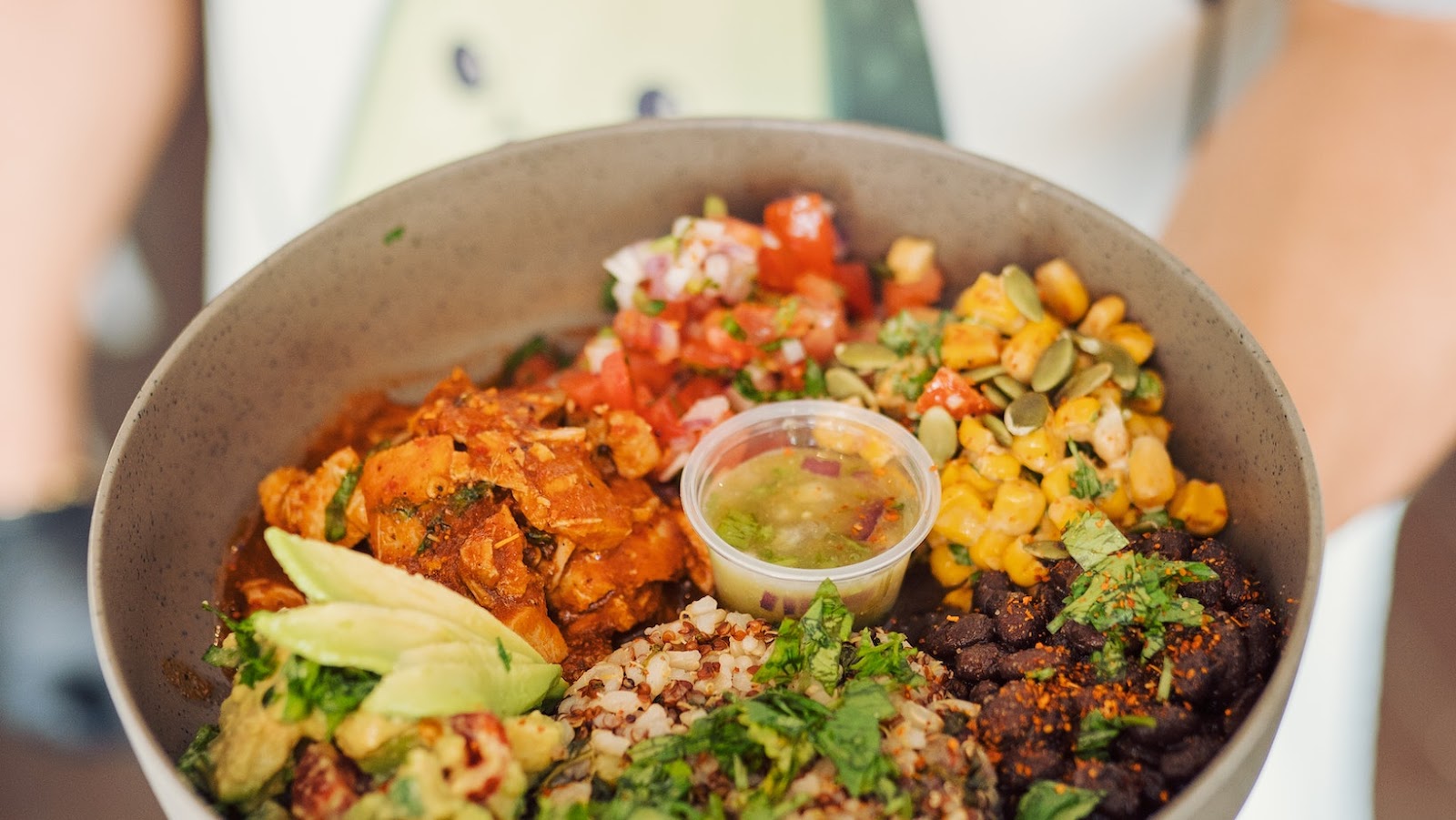
Soto Betawi
Soto Betawi is a must-try dish when exploring Indonesian cuisine, known for its rich flavor and unique combinations of ingredients.
The dish originates from the Betawi people in Jakarta. It is made from beef in a coconut milk-based soup with various spices including coriander, cumin, turmeric, and cinnamon. Other ingredients include diced tomato, potato, carrot, fried shallots, and sambal for garnishing.
Soto Betawi is often served with rice cakes, hard-boiled eggs, and emping crackers. The flavors are complex and varied, with the creaminess of the coconut milk blending perfectly with the earthiness of the spices and the umami taste of the beef.
Whether you are a seasoned foodie or a curious traveler, Soto Betawi should be on top of your list of Indonesian dishes to try.
History and cultural significance of Soto Betawi
Soto Betawi is a type of Indonesian soup that originated in Jakarta and is known for its rich and creamy broth made from beef bones and coconut milk.
The dish was first created by the Betawi people, the original inhabitants of Jakarta, and over time has become a popular dish throughout Indonesia.
Soto Betawi is often served as a main course, accompanied by rice, boiled eggs, and crispy shallots, and is enjoyed both for its unique flavor and cultural significance.
Today, Soto Betawi is a must-try Indonesian dish, alongside other culinary treasures such as Nasi Goreng and Satay.
Its cultural significance lies in its roots as a dish created by the original inhabitants of Jakarta, which has now become a beloved national dish that represents the rich culinary heritage of Indonesia.
Key ingredients and cooking techniques
Two key ingredients and cooking techniques are central to most Indonesian dishes:
1. Spice pastes: Indonesian food heavily relies on various spice pastes made from spices such as ginger, garlic, chili, shallots, lemongrass, and tamarind. These pastes are traditionally made with a mortar and pestle and used as a base for curries, stews or grilled dishes.
2. Rice: Rice, specifically steamed white rice, is a staple food in Indonesian cuisine. Many Indonesian dishes, such as the famous Nasi Goreng, are served with steamed rice. Indonesian cuisines also use rice flour in noodles, cakes, and desserts.
Indonesian cuisine is diverse, and the above ingredients and techniques are used in 5 must-try dishes such as Nasi Goreng, beef rendang, sate, gado-gado, and nasi uduk. Combining aromatic spice pastes with fresh ingredients and steamed rice makes Indonesian cuisine stand out.
Accompaniments and serving suggestions for Soto Betawi
Soto Betawi is a fragrant and flavorful Indonesian dish recognized for its creamy texture and distinct taste profile. Here are three accompainments and serving suggestions for Soto Betawi to make it even more delicious:
1. Sambal Terasi – It is a traditional Indonesian chili sauce that pairs well with Soto Betawi. Its spicy taste enhances the dish’s rich and savory flavor.
2. Emping – Emping is a crispy, bitter melinjo nut cracker that adds an interesting crunch to the soup. It balances the earthy, savory taste of the broth and is a popular accompaniment.
3. Kerupuk – Kerupuk is an Indonesian cracker in various shapes and sizes. It can be served as a topping on Soto Betawi for an additional crunch or alongside the soup as a side dish.
Try these accompaniments and serving suggestions to enjoy your Soto Betawi to the fullest.
Pro Tip: Make your Soto Betawi more delicious by garnishing it with lime juice and cilantro on top.

